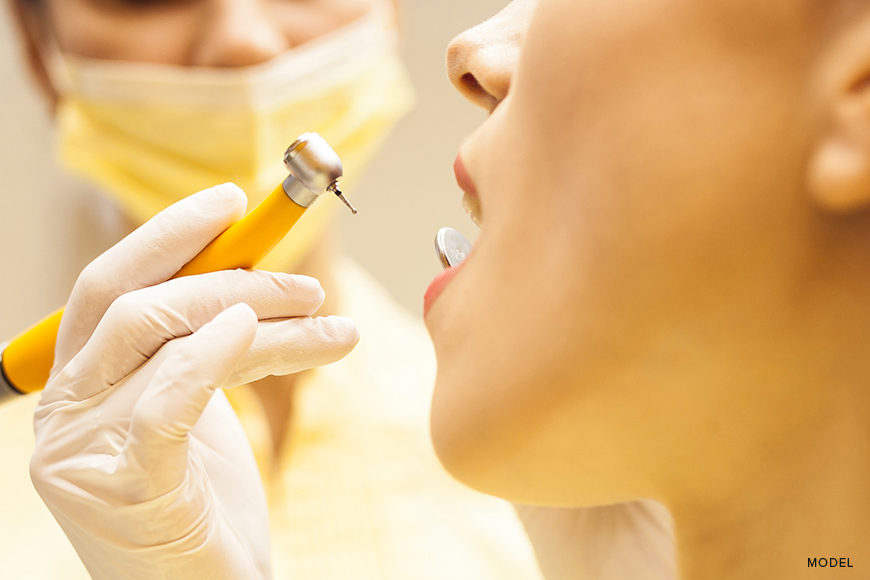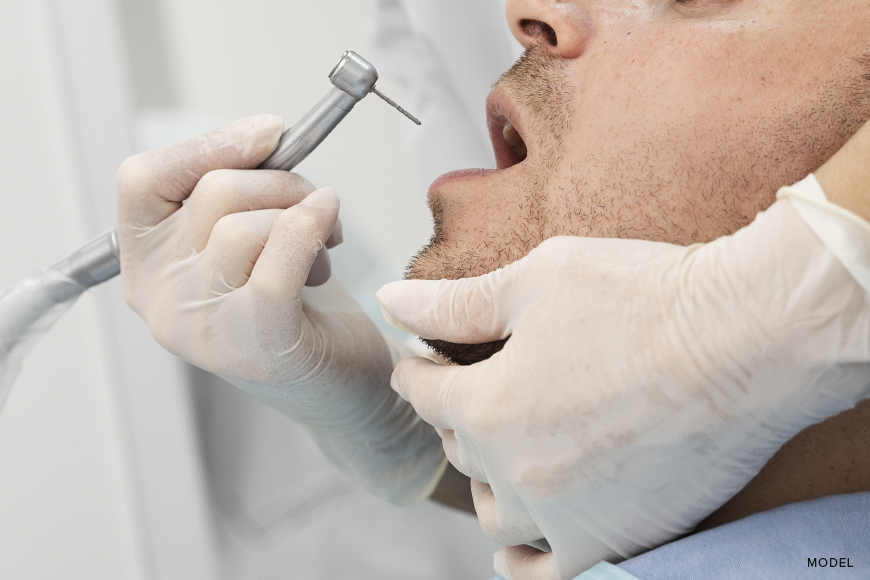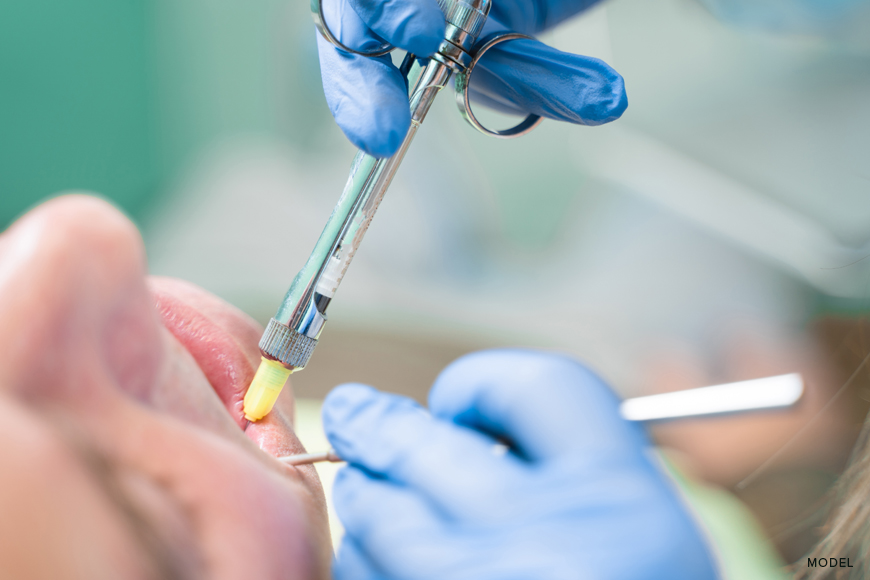When faced with dental procedures, fear and anxiety can be formidable obstacles to seeking necessary care. However, contemporary dental science provides resolutions to address these apprehensions. Sedation odontology and global insensibility stand as two alternatives capable of alleviating patients’ dental anxieties and unease during procedures. Within this exposition, we shall delve into the disparities between sedation dentistry and general anesthesia, elucidating their merits and applications, particularly within the framework of Madison Dentistry & Implant Center.
The Benefits of Sedation Dentistry
Sedation dentistry, an intricately devised methodology aimed at assuaging dental trepidation, proffers diverse merits to recipients. It facilitates the endurance of intricate dental processes with nominal unease, emerging as a precious instrument in fostering holistic dental well-being. Apprehension concerning needles or odonatological implements finds effectual management through the application of sedative agents administered preceding appointments, certifying an ordeal devoid of discomfort. For individuals gripped by dental aversions, sedation odontology assumes the role of a catalyzing agent, propelling them beyond fears and prompting the pursuit of indispensable dental maintenance.
Understanding Sedation Methods
- Oral Sedation: A conscious sedation method involving oral medication, such as triazolam (Halcion), which belongs to the Benzodiazepines class. This induces a calming effect, reducing anxiety and promoting relaxation. Nitrous oxide gas is an alternative for needle-phobic patients.
- Nitrous Oxide Gas: Commonly known as “laughing gas,” nitrous oxide produces mild sedative effects. Administered through a mask over the nose, it allows dentists to control sedation levels, ensuring patient comfort throughout the procedure.
- IV Sedation: Providing deep sedation, IV sedation is ideal for complex dental procedures. Administered through a forearm tube, it allows precise control over sedative amounts, reducing the risk of complications. This method is often preferred for pediatric patients requiring extensive dental work.
Sedation Dentistry vs. General Anesthesia
Level of Sedation
- Sedation dentistry: aims to keep patients conscious and responsive, experiencing a sleep-like state without complete unconsciousness.
- General anesthesia: induces complete unconsciousness.
Administration
- Sedation dentistry: methods include oral medication, nitrous oxide gas, or IV.
- General anesthesia: typically administered through IV, requiring a higher level of sedation.
Depth of Sedation
- Sedation dentistry: provides varying sedation levels
- General anesthesia: results in complete unconsciousness.
Applicability
- Sedation dentistry: suitable for anxiety-inducing procedures like extractions or implant surgeries.
- General anesthesia: reserved for complex procedures like oral surgeries or full mouth reconstructions.
Choosing the Right Sedation Option
- Level of Anxiety: If you experience mild to moderate dental anxiety, oral sedation or nitrous oxide gas may be suitable options. These methods can help you feel calm and relaxed while still allowing you to remain conscious and responsive during the procedure.
- Complexity of the Procedure: For more complex and invasive procedures, such as dental implant surgeries or full mouth reconstructions, deeper levels of sedation may be necessary. IV sedation provides a higher level of sedation and can keep you in a state of deep relaxation or even sleep throughout the procedure.
- Medical History: It’s essential to inform your dentist about any medical conditions or medications you are currently taking. Certain medical conditions may affect the choice of sedation, and your dentist will consider your medical history to determine the safest and most appropriate sedation option for you.
- Recovery Time: Different sedation options have varying recovery times. Nitrous oxide gas wears off quickly, allowing you to resume your normal activities shortly after the procedure. Oral sedation may have a longer-lasting effect, requiring you to rest and avoid strenuous activities for the remainder of the day. IV sedation may have a more prolonged recovery period, and you may need someone to accompany you and drive you home after the procedure.
- Cost and Insurance Coverage: It’s important to consider the cost of the sedation option and whether it is covered by your insurance. Insurance coverage for sedation dentistry varies, so it’s recommended to check with your insurance provider to determine coverage and any associated costs.
Are you ready to take the next step towards achieving a healthy and beautiful smile? Don’t wait any longer! Book your consultation with Madison Dentistry & Implant Center today and let our experienced dental professionals guide you towards optimal oral health.




